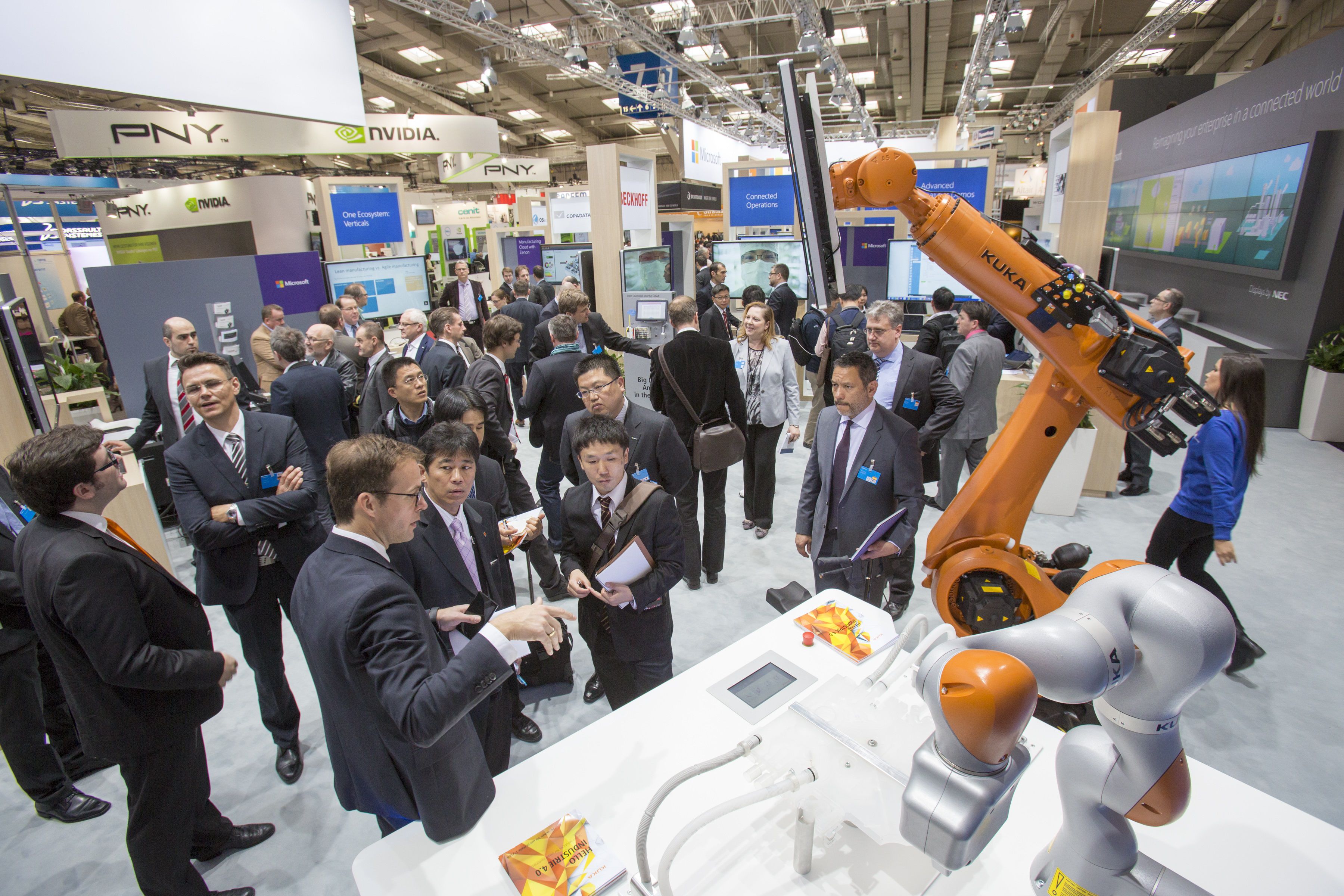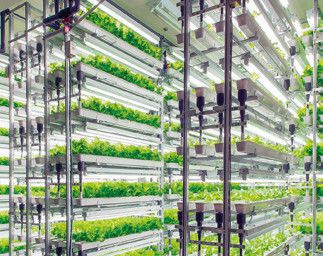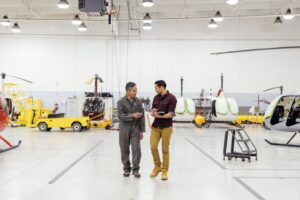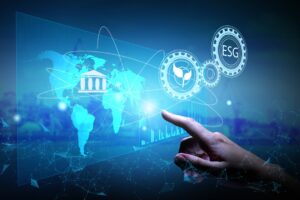
A new way of thinking
As more manufacturers look to embrace the internet of things within their organizations, we hear from Microsoft’s Enrique Andaluz about how they can get most value from the technology at their disposal today

In Japan, Fujitsu has built a facility at its Akisai Plant Factory, where it is integrating cutting-edge agricultural techniques with state-of-the-art technologies to track all plant information and produce low potassium lettuce that can be consumed by dialysis patients and people with chronic kidney disease. Industrial robots manufacturer KUKA, meanwhile, has used the Microsoft IoT platform to develop a robot capable of sensing its surroundings – presenting a whole new way for humans and machines to work together safely. And domestic appliance manufacturer Miele is taking advantage of Microsoft IoT technologies to develop a new range of ovens, which can be programmed to perfectly cook specific meals.
According to Enrique Andaluz, director of strategic business development, Worldwide Discrete Manufacturing at Microsoft, these are just some of the ways that manufacturers today are embracing the power of digital to completely change the way they run their business, as well as how they transition from offering products to offering those products as digital services. In his own words, it’s a revolution that goes far beyond implementing new technologies; it’s about manufacturers taking a bolder approach to redesigning their operational processes, challenging older business models and
reimagining the customer journey.
“Through the value of the industrial internet of things (IoT), manufacturers are being presented with a whole new way of connecting their operations – and it’s giving them an opportunity to change their entire mindset towards the way they run their business,” he explains. “If you think about the value proposition of IoT and the new level of connectivity it brings, it also offers manufacturers boundless opportunities to better understand the way they build stronger relationships with the customers buying their products, and change their value chain by offering a whole host of new digital services to the end user. That means new sources of revenue for manufacturers and higher level of satisfaction
for their customers.”

Although all of these changes are ultimately being driven by technological innovation, Andaluz says that the key to unlocking the true value of digital comes down to an organization’s willingness to reinvent itself and adopt new practices. “Becoming digital means changing the way we do things with a discovered mindset about how we relate and interact with objects,” he explains. “It gives us the advantage to change the scope of our actions and their ultimate result. In enterprise terms, being digital requires a higher level of thinking that must incorporate organizational, process and business change, in addition to applying technology, in order to outpace the competition. Industrial IoT capabilities actually then take the role of people-enabler as opposed to being the ultimate solution within itself.”
While some manufacturers have pushed ahead on their digital transformation journey with great success, Andaluz recognizes that it’s not a completely straightforward process. “There are a few roadblocks out there,” he says. “For one, the industrial IoT is complex and that won’t go away – just consider the myriad of connection points that need to be identified and linked together; it’s not something that can be achieved overnight. Companies have to carefully consider what technologies to choose and how to connect them all; or they can make it simpler and start thinking digital from inception.”
Andaluz says that another big challenge businesses need to overcome is how they interact with all the data at their disposal today. “The key to success is how you enable your workers to interact with data and use it to make informed decisions,” he says. “In the context of IoT, when you enhance a system of record with a system of engagement and connect people, process and technology, you can create a system of intelligence, and from there you can start thinking about introducing the application of predictive analytics to address disruptions, downtime, over consumption of energy and other manufacturing challenges of this kind. This is where the value really lies in the long term.”

By focusing on four key areas of functionality, though, Andaluz believes that manufacturers can make the move to digital more manageable. These cover connectivity – relating the physical and digital worlds; how to store data and manage it; advanced analytics, which involves understanding the past and the present, and defining the future; but never forget about how to visualize your data in such a simple way so that it can be easily understood and used to make smart, informed and timely decisions.
“When you look at your digital strategy from these four points, it’s easier to understand what technology you need,” he says. “You can think big, and then embark on making the transition one step at a time with a comprehensive building-block approach.”
And rather than thinking about putting in place point solutions to address certain areas of functionality, Andaluz recommends that organizations take a much more holistic approach. “This way, they can keep adding new functionality rather than having to rebuild their systems each time,” he says. “This is where a set of platforms like Microsoft’s really comes into its own – companies can invest in an end-to-end offering spanning all three platforms from Windows to Azure to Office, which all integrates seamlessly and allows them to be truly agile.”
Perhaps most importantly is that businesses of all sizes can now make the transition to digital without breaking the bank, using interoperable platforms. “Companies have been using IoT and advanced analytics technologies for many years now – what’s different is that back then they had to commit to making huge upfront investments and faced the prospect of extremely high ongoing operational costs in multi-year projects. Today, you can get your IoT strategy up and running for a fraction of the cost in a very short time frame. The risk has reduced significantly when you think that in a few weeks you can test robust end-to-end industrial IoT scenarios.”
Ultimately, though, Andaluz says that success comes down to how fast we can learn and change our thinking. “For the first time in many decades, technology is by far outpacing what we can do – and it’s presenting us with a whole new world of opportunities. The faster we can unlearn what we know that was technology-limiting, the faster we will be able to reinvent ourselves and our businesses.”





